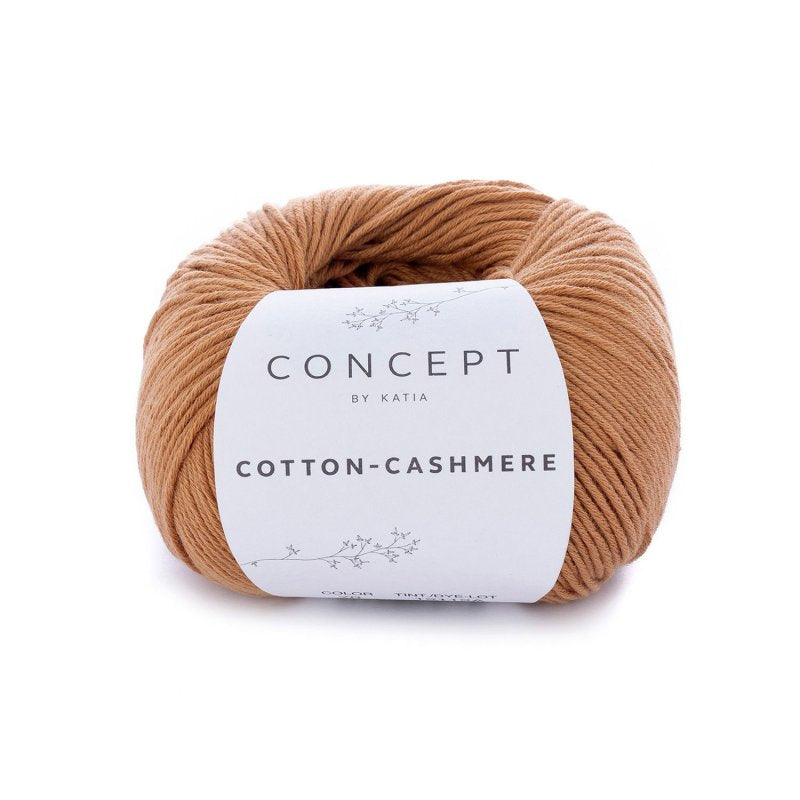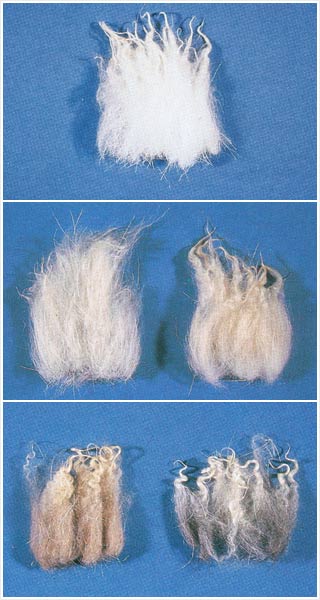How is cashmere Fibre Produced and Why Is It So In Demand?
How is cashmere Fibre Produced and Why Is It So In Demand?
Blog Article
Comprehending the Various Kinds Of Cashmere an All-natural Fiber and Their One-of-a-kind Benefits

The Origins of Cashmere: A Historical Review
While the glamorous touch of cashmere continues to beauty modern-day customers, its origins trace back to the severe, cool environments of Mongolia and the Mountain ranges. For centuries, the indigenous peoples of these regions have been elevating Capra Hircus goats, the prime source of cashmere woollen. These goats, durable against the severe winter seasons, expanded a great undercoat to endure, which later on came to be recognized as cashmere.

The Manufacturing Process: From Goat to Garment
Shearing a Capra Hircus goat notes the inception of the complex cashmere manufacturing process. The resultant raw cashmere is then cleaned to get rid of impurities such as vegetable, grease, and dirt issue.
The clean fiber undergoes dyeing, spinning, and weaving, or knitting, to transform it right into a fabric. Complicated procedures such as quality assurance checks and completing procedures follow, ensuring completion product keeps the luxurious requirement expected of cashmere. This meticulous procedure, from goat to garment, justifies the high cost affixed to cashmere products, making them an icon of deluxe and improvement.
The Different Sorts Of Cashmere: A Thorough Evaluation

The Distinct Advantages of Cashmere: Convenience and Sustainability
Relocating from the variety of cashmere types to the benefits they use, comfort and sustainability stand out prominently. Cashmere, a natural fiber, is renowned for its unmatched gentleness, giving a level of comfort that synthetic fibers can't match.
When it involves sustainability, cashmere is sustainable and naturally degradable, as it's collected from cashmere goats who regrow their layers each year. what is cashmere. Unlike synthetic fibers which can take hundreds of years to decay, cashmere's effect on the environment is minimal. This mix of convenience and sustainability makes cashmere an advantageous choice for aware customers

Taking Care Of Your Cashmere: Upkeep and Conservation Tips
While cashmere is most certainly a sustainable and glamorous option, it requires specific treatment to keep its high quality and prolong its lifespan. To start, cashmere ought to be hand washed making use of chilly water and a mild detergent. Cashmere items should be saved in a cool and completely dry area, away from direct sunshine and wetness.
Purchasing Cashmere: Comprehending Its Value and Worth
Although cashmere might originally appear like a costly investment, its lasting value and worth come to learn this here now be apparent when you consider its impressive qualities. Recognized for its unrivaled soft qualities and heat, cashmere is a premium natural fiber that outmatches other products. Its high demand and restricted supply add to its high cost, yet its sturdiness ensures it lasts for several years, providing excellent value for cash. Cashmere items are ageless, commonly ending up being treasures passed down via generations. what is cashmere. Its natural insulating buildings provide warmth without the mass of artificial fibers. Spending in cashmere, therefore, is not practically current style trends, yet about embracing a i was reading this sustainable, resilient, and glamorous lifestyle.
Verdict
In recap, the kind of cashmere one selects, be it Mongolian, Chinese, or Italian, is dictated by individual choices for warmth, sustainability, spending plan, and deluxe. The worth of cashmere expands past its price, with comfort and durability including in its well worth. Appropriate treatment and upkeep can guarantee its conservation. For that reason, recognizing the origins, manufacturing procedure, and distinct benefits of different kinds of cashmere can guide consumers in their investment in this lavish all-natural fiber.
Whether it's the extraordinary warmth of Mongolian cashmere, the affordability of Chinese cashmere, or the eco-conscious manufacturing of Italian cashmere, there's a official source story to be discovered behind each fiber kind. Cashmere, a natural fiber, is renowned for its exceptional softness, giving a level of comfort that synthetic fibers can not match.When it comes to sustainability, cashmere is sustainable and naturally degradable, as it's gathered from cashmere goats who regrow their layers yearly. Understood for its exceptional gentleness and warmth, cashmere is a premium all-natural fiber that exceeds various other materials. Understanding the beginnings, production process, and special benefits of different types of cashmere can guide consumers in their financial investment in this elegant all-natural fiber.
Report this page